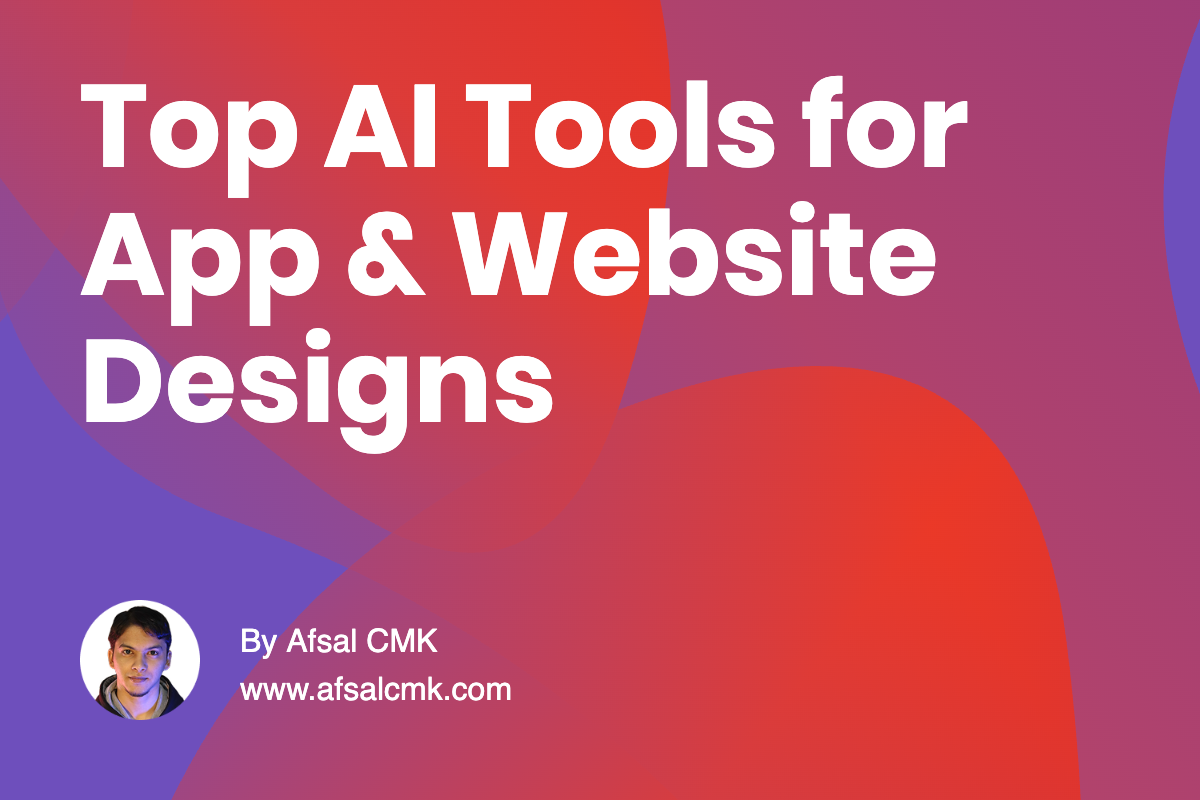
Top AI Tools for App & Website Designs
When I first heard about AI tools that generate UIs and full products in minutes, I was skeptical. As a product designer, the craft of interface, interaction, and detail has always mattered deeply. But after trying some of these tools - V0, Bolt, and Lovable - I realized they’re opening new possibilities (and new challenges) for design teams working on SaaS and digital products.
Here are a few of the tools I’ve been exploring and what they mean for interface design:
- V0: A generative UI tool that turns natural-language prompts into clean React code, layouts, and components compatible with modern design systems. It’s fast, structured, and surprisingly consistent.
- Bolt: An AI-powered builder that lets you create web apps and prototypes instantly using intelligent agents and simple visual prompts - great for rapid SaaS mockups.
- Lovable: Part of the new wave of AI-driven full-stack generators that blend design and development. Perfect for teams that want to move from idea to working MVP quickly.
These tools are redefining how interface design happens - and what roles designers play in that process.
Speed and Iteration: Tools like V0 and Bolt let teams produce UI variations in minutes, not days. That speed encourages experimentation and faster feedback loops, allowing more ideas to be validated before engineering gets involved.
Design-Dev Alignment: Because many of these tools generate code that can actually ship, designers gain a better grasp of feasibility and structure. The handoff gap between design and build narrows dramatically.
Creative Control (and Caution): While these tools empower designers, they also risk producing homogeneous, “AI-looking” results. True differentiation still depends on thoughtful systems, brand expression, and attention to human context.
Evolving Design Roles: Designers are becoming orchestrators of AI workflows - defining prompts, curating outputs, and refining systems. The craft now extends beyond Figma screens into system logic and component behavior.
From a leadership and mentorship perspective, my advice is to use AI as a supportive layer - not a shortcut. Let it accelerate exploration, early ideation, and validation, but keep the human process intact. Always ask: does this serve the user? Is it scalable, accessible, and consistent? Those questions still define good design, AI or not.
The most exciting part is how these tools change collaboration. Designers, developers, and product managers can now work closer than ever, sharing real code outputs and iterating together. The boundary between design and development continues to blur - and that’s where innovation thrives.
So yes, the tools are powerful. They’ll keep evolving fast. But the judgment, taste, and empathy behind design remain human - and that’s what keeps the craft alive.